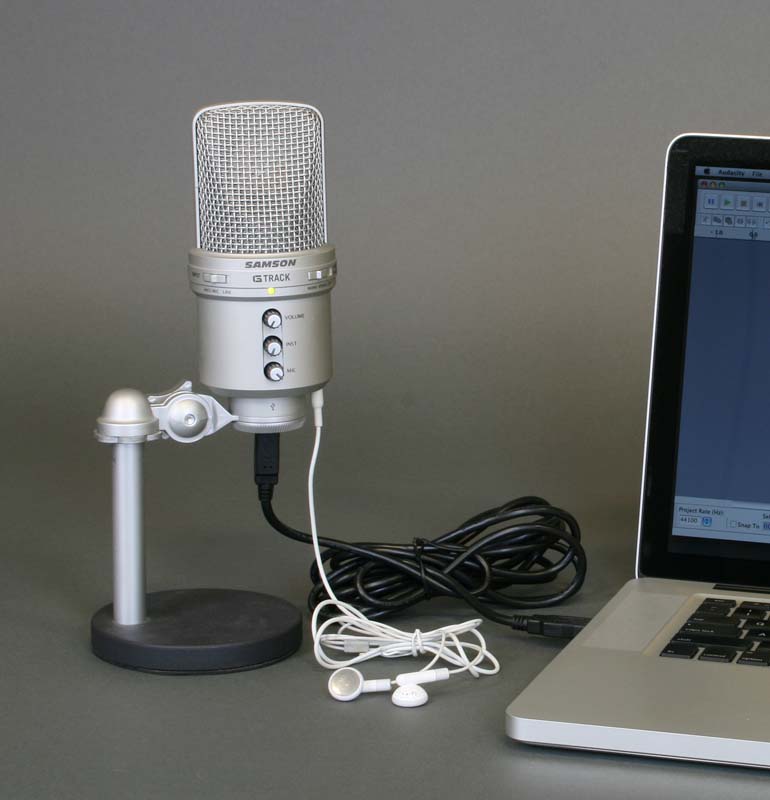Hi! Please help, I cannot figure this out for the life of me. I’m a first time narrator for ACX, but I have voiceover and (film) editing experience.
I painstakingly recorded my first day of audio for a book, set all of the specs, etc. So far, I think it sounds pretty good!
Then, I did the same thing the next day…and the sound is practically unusable!!! I’m including examples. Again, SAME set up, SAME specs. And, to test it further, garageband did the same thing as well! Perfectly fine audio one day, and then today it’s tinny and sounds like I’m recording from my cell phone.
I thought, could I possibly have been recording from my computer? But I don’t see how that would work as A) garageband ALWAYS asks me if I want to use my samson meteor mic instead of the built in one, and B) I can hear my voice in my headphones as I speak through the mic, and know the sound is coming through the mic instead of the laptop.
The ONLY difference between today and yesterday is this: I was fiddling around and looking at forums to try and figure out why I couldn’t hear myself through my headphones while I was recording (in audacity only). Yesterday all I could find was having it play in my headphones with a delay, which is obviously very distracting when narrating. I feel very strongly about being able to hear myself when recording, but couldn’t figure it out. I don’t know how, but one of the times I opened audacity today, it just worked! I could hear my voice in real time, whereas yesterday I had to record without hearing anything through my headphones. Now my audio is horrible. But if this is the key, how would that explain that garageband also has the same result??
I am now in deep trouble as I have a deadline tomorrow for a completed children’s audiobook (very last minute turnaround needed). Had things not gone well yesterday, I wouldn’t have waited. Now, I don’t know what to do. PLEASE help.







